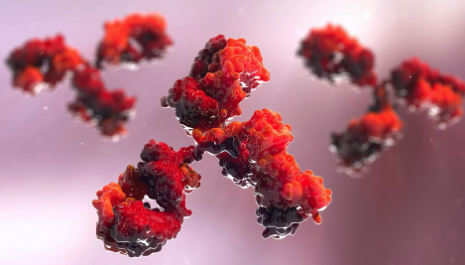Markers of neuronal activity are essential tools for decoding brain function, enabling researchers to visualize and quantify neural responses to stimuli, behavior, and disease states. These markers fall into two main categories: molecular markers and functional imaging probes.
🧠 Molecular Markers:
- Constitutive markers: Identify neurons regardless of activity (e.g., NeuN, MAP2)
- Activity-dependent markers: Expressed in response to stimulation (e.g., c-Fos, Arc, Egr-1)
- c-Fos: Peaks ~30–60 min post-activation; linked to synaptic plasticity
- Arc: Involved in memory consolidation and dendritic protein synthesis
- Egr-1: Associated with long-term potentiation
🔬 Functional Imaging Probes:
- Calcium indicators (e.g., GCaMP): Fluorescence increases with intracellular Ca²⁺, reflecting neuronal firing
- Voltage-sensitive dyes (e.g., ANNINE): Detect rapid changes in membrane potential
- Integrative probes (e.g., CaMPARI): Permanently label activated neurons
📈 Applications:
- Mapping neural circuits and brain regions
- Studying learning, memory, and sensory processing
- Investigating neurodegenerative diseases like Alzheimer’s and Parkinson’s
- Enhancing behavioral neuroscience with real-time activity tracking





